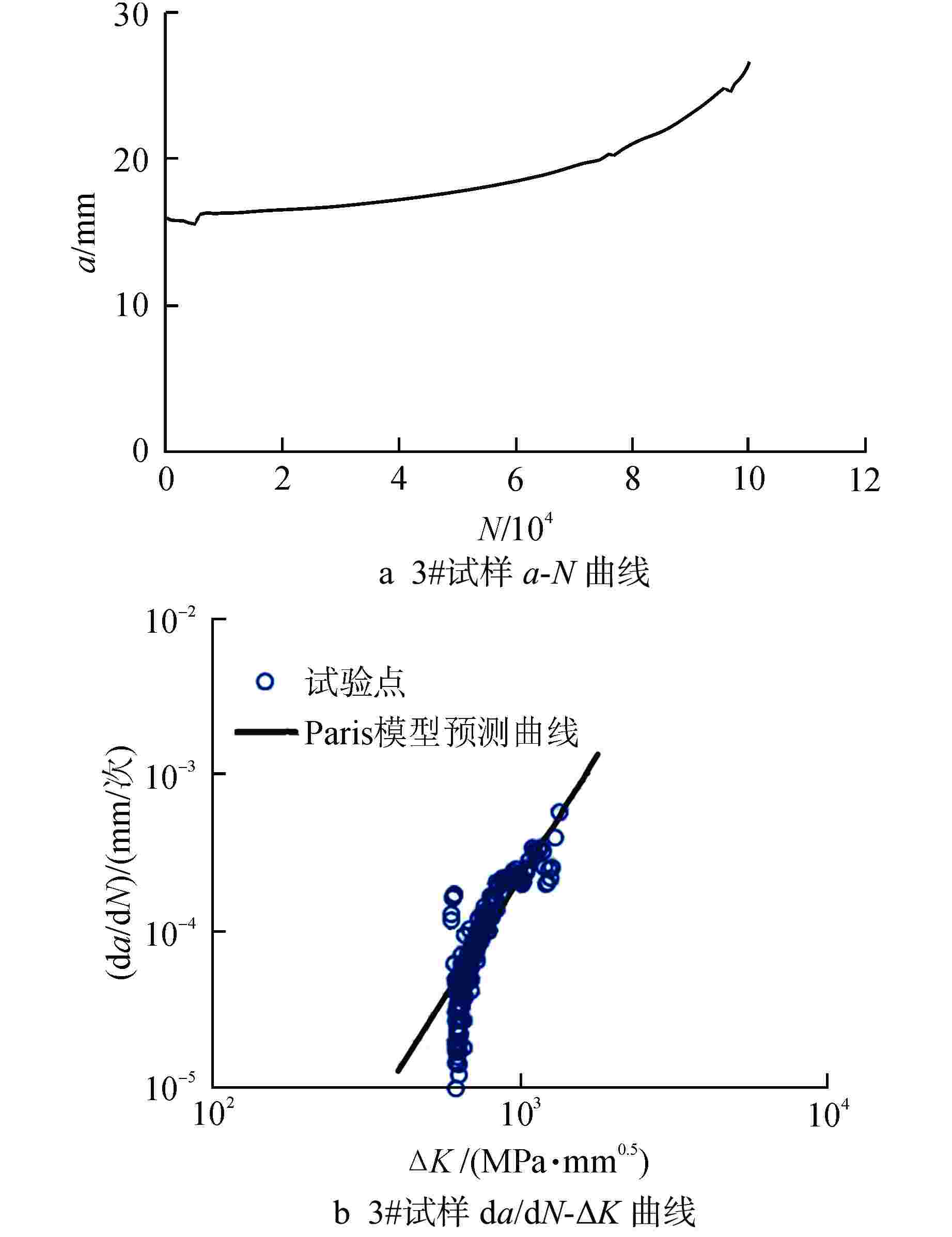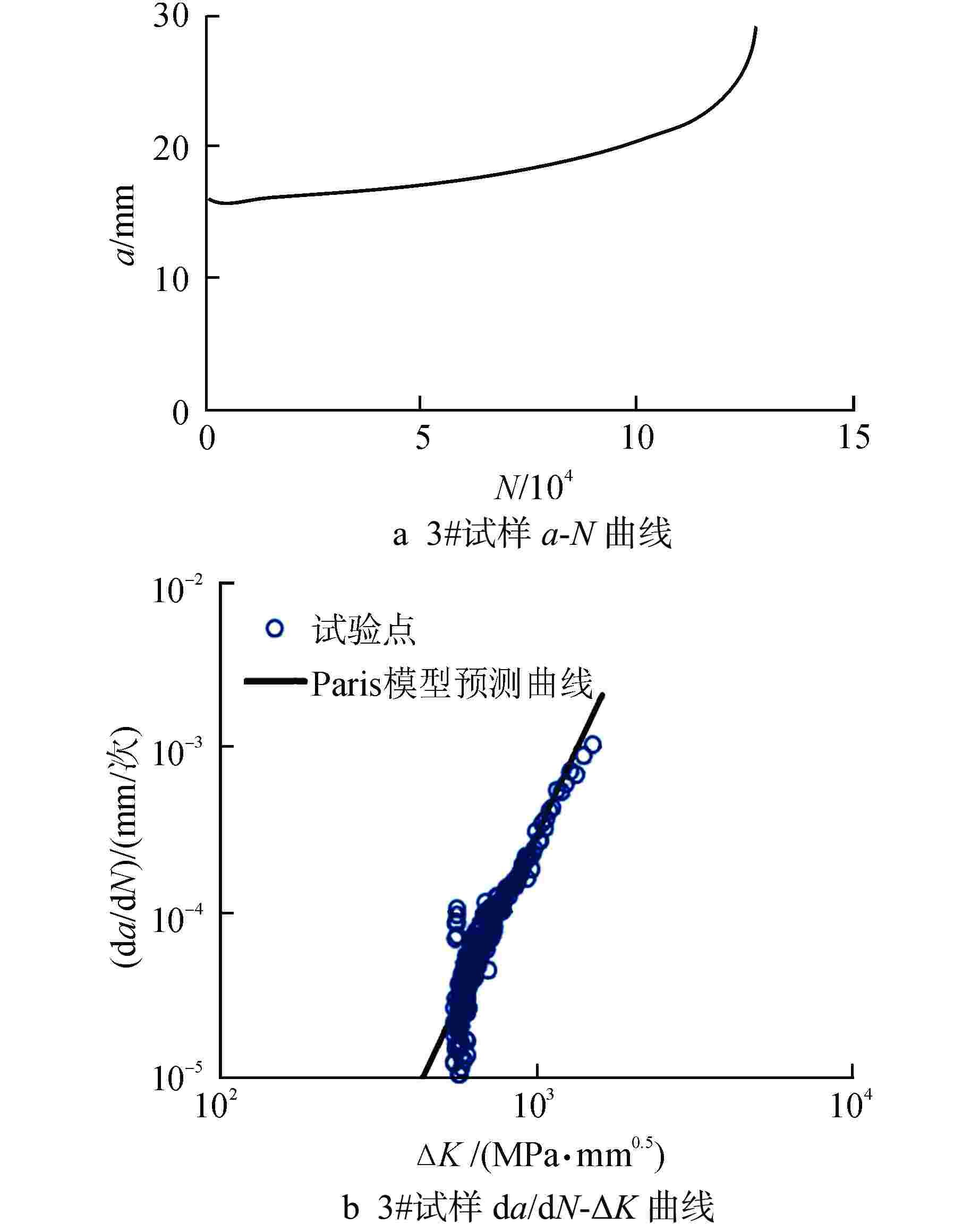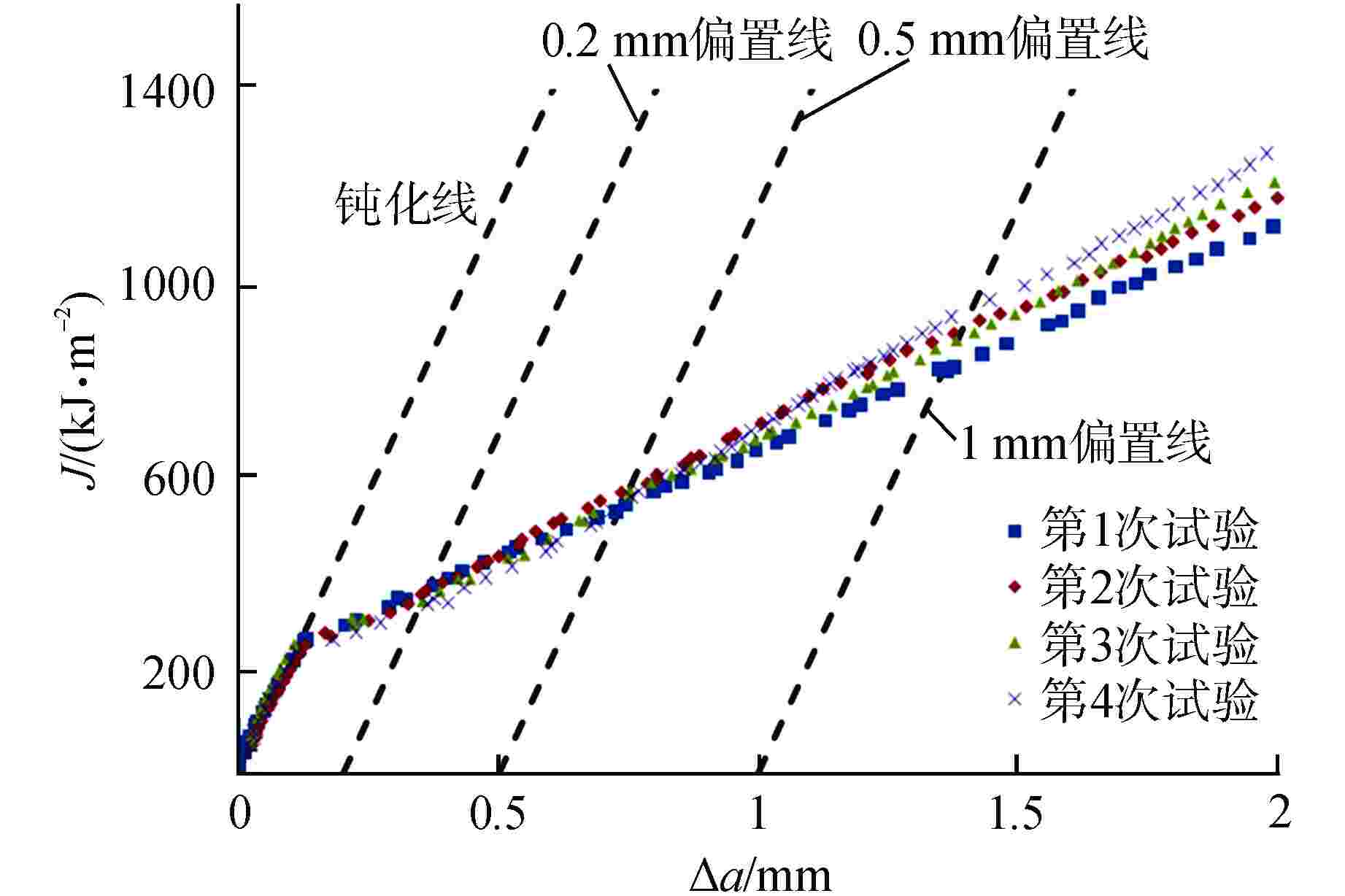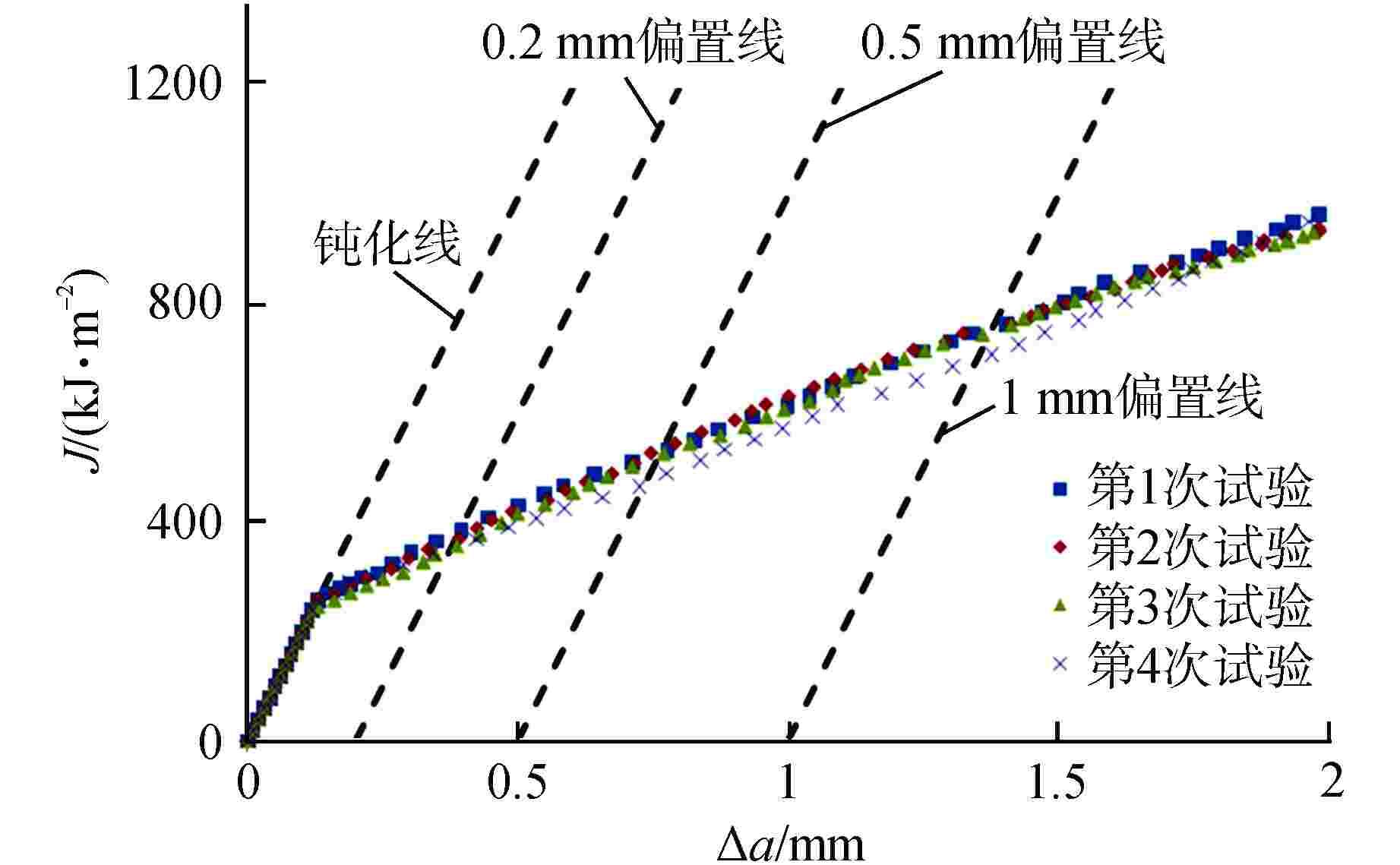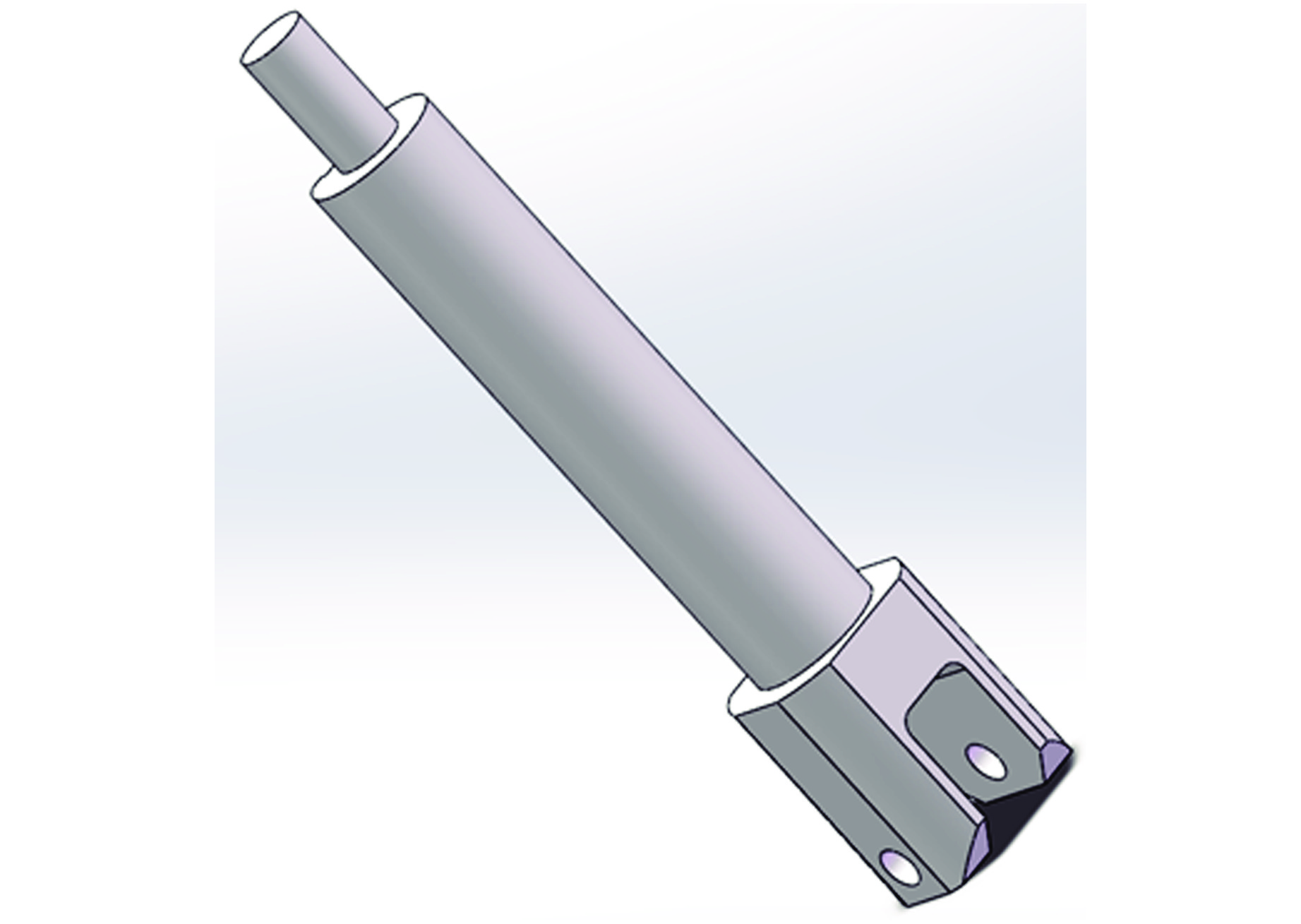Research on High Temperature Mechanical Properties of Main Pipeline Materials
-
摘要: 提供核电厂破前漏(LBB)设计所需材料性能参数需要测量主管道母材和焊接材料在高温下的力学性能(包括材料在地震环境下的高温动态力学性能)。基于万能伺服材料试验机和高速材料试验机测量了核电厂主管道母材控氮00Cr17Ni12Mo2不锈钢及焊接材料OK Tigrod 316L在高温(350℃)下的静动态拉伸力学性能、裂纹扩展率和静动态断裂韧性。与主管道母材和焊接材料的常温力学性能相比,2种材料在350℃下的静动态拉伸力学性能以及OK Tigrod 316L在350℃下的静动态断裂韧性都较常温有较大幅度的降低,2种材料在350℃下的抗裂纹扩展性能较常温略有下降。研究成果可为核电厂管道的LBB设计提供试验技术和材料参数支持。Abstract: In order to provide material property parameters for leak before break (LBB) design of nuclear power plant, it is necessary to measure the mechanical properties of base metal and welding material of main pipeline at high temperature, including the high-temperature dynamic mechanical properties of materials in seismic environment. Based on universal servo material testing machine and high-speed material testing machine, the static-dynamic tensile mechanical properties, crack growth rate and static-dynamic fracture toughness of nitrogen controlled 00Cr17Ni12Mo2 stainless steel and OK Tigrod 316L welding material for main pipeline base metal of nuclear power plant at high temperature (350℃) are measured. Compared with the normal temperature mechanical properties of the main pipeline base metal and welding materials, the static-dynamic tensile mechanical properties of the two materials at 350℃ and the static-dynamic fracture toughness of OK Tigrod 316L at 350℃ have significantly decreased compared with the normal temperature, and the crack growth resistance of the two materials at 350℃ has slightly decreased compared with the normal temperature. The research results can provide experimental technology and material parameter support for LBB design of nuclear power plant pipelines.
-
Key words:
- Main pipeline /
- Tensile mechanical property /
- Crack growth /
- Fracture toughness
-
表 1 控氮00Cr17Ni12Mo2不锈钢在350℃下拉伸性能随应变率变化规律
Table 1. Variation of Tensile Properties of Nitrogen Controlled 00Cr17Ni12Mo2 Stainless Steel at 350℃ with Strain Rate
应变率/s−1 σs/MPa σb/MPa 伸长率(δ)/% 0.001 160 317 38.2 0.01 168 332 40.3 0.1 182 323 41.6 0.3 195 378 40.0 1 195 427 40.8 3 209 425 41.1 表 2 OK Tigrod 316L在350℃下拉伸性能随应变率变化规律
Table 2. Variation of Tensile Properties of OK Tigrod 316L Welding Material at 350℃ with Strain Rate
应变率/s−1 σs/MPa σb/MPa δ/% 0.001 388 440 32.4 0.01 340 444 30.2 0.1 362 457 32.3 0.3 358 472 33.7 1 370 492 30.2 3 375 487 31.7 表 3 350℃下Paris模型参数
Table 3. Parameters of Paris Model at 350℃
材料 试样编号 C m 控氮00Cr17Ni12Mo2不锈钢 1# 5.173×10−14 3.240 2# 2.086×10−12 2.666 3# 1.202×10−13 3.087 4# 1.770×10−20 5.474 OK Tigrod 316L 1# 5.895×10−18 4.566 2# 3.010×10−16 3.970 3# 1.116×10−16 4.117 4# 1.116×10−16 4.163 表 4 OK Tigrod 316L在350℃、不同加载速率下的JQ0.2、JQ0.5和JQ1
Table 4. JQ0.2、JQ0.5 and JQ1 of OK Tigrod 316L with Different Loading Velocities at 350℃
加载速率/(m·s−1) JQ0.2/(kJ·m−2) JQ0.5/(kJ·m−2) JQ1/(kJ·m−2) (准静态) 357 497 737 0.015 341 456 729 0.05 370 568 894 0.15 357 565 956 0.5 350 521 746 表 5 控氮00Cr17Ni12Mo2不锈钢常温材料拉伸性能随应变率变化规律
Table 5. Variation of Tensile Properties of Nitrogen Controlled 00Cr17Ni12Mo2 Stainless Steel with Strain Rate at Room Temperature
应变率/s−1 σs/MPa σb/MPa δ/% 0.001 249 552 65.8 0.01 271 544 55.2 0.1 323 549 55.4 0.3 382 551 53 1 403 597 50 3 427 635 50.2 表 6 OK Tigrod 316L常温材料拉伸性能随应变率变化规律
Table 6. Variation of Tensile Properties of OK Tigrod 316L with Strain Rate at Room Temperature
应变率/s−1 σs/MPa σb/MPa δ/% 0.001 517 601 34.1 0.01 519 605 30.2 0.1 549 618 33.5 0.3 531 629 32.3 1 542 651 31.4 3 546 645 33.4 表 7 OK Tigrod 316L在常温及0.5 m/s以内不同加载速率下的JQ0.2、JQ0.5和JQ1
Table 7. JQ0.2、JQ0.5 and JQ1 of OK Tigrod 316L under Normal Temperature and Different Loading Velocities within 0.5 m/s
加载速率/(m·s−1) JQ0.2/(kJ·m−2) JQ0.5/(kJ·m−2) JQ1/(kJ·m−2) (准静态) 599 875 1286 0.015 589 781 1227 0.05 616 802 1213 0.15 629 806 1153 0.5 577 722 1069 表 8 2种材料常温下疲劳裂纹扩展Paris模型参数
Table 8. Parameters of Paris Model for Fatigue Crack Growth of Two Materials at Room Temperature
试验类型 材料 试样编号 C m 疲劳裂纹
扩展速率控氮00Cr17Ni12Mo2 1# 1.536×10−14 3.322 2# 7.695×10−16 3.712 3# 5.685×10−16 3.775 4# 8.860×10−15 3.422 OK Tigrod 316L 1# 5.475×10−14 3.100 2# 2.770×10−14 3.215 3# 9.300×10−15 3.349 4# 6.957×10−15 3.100 -
[1] 何风,吕勇波,艾红雷,等. LBB技术在核电站管道系统中的应用[J]. 管道技术与设备,2016(2): 1-4. [2] 虞晓欢,杜娟,邵雪娇,等. 主曲线方法在核电厂压力容器老化延寿中的应用[J]. 核动力工程,2020, 41(2): 45-48. [3] 郑连纲,白晓明,石凯凯,等. 主螺栓断裂对压力容器密封性能、应力及疲劳的影响分析[J]. 核动力工程,2020, 41(5): 70-73. [4] 陈沛,查小琴,高灵清. 未爆先漏(LBB)理论及其应用研究进展[J]. 材料开发与应用,2013, 28(4): 89-95. [5] 李朋洲,乔红威,孙磊. 核反应堆管道LBB设计关键软件研发[J]. 核动力工程,2014, 35(6): 57-60. [6] 蒋冬梅,杜颖,袁小兰. LBB在AP1000技术中的应用[J]. 南华大学学报:自然科学版,2015, 29(4): 7-11. [7] 蒋天植,沈峰,杨戴博,等. LBB泄漏监测系统在三代压水堆核电厂的应用研究[J]. 科技视界,2017(6): 20-21. [8] 乔红威,李琦,刘志伟,等. LBB设计中管道贯穿裂纹张开位移及泄漏率计算研究[J]. 核技术,2013, 36(4): 040619. [9] 乔红威,刘志伟,李琦,等. LBB裂纹稳定性分析方法研究[J]. 原子能科学技术,2013, 47(11): 2108-2113. [10] 中华人民共和国国家质量监督检验检疫总局, 中国国家标准化管理委员会. 金属材料 拉伸试验 第2部分: 高温试验方法: GB/T 228.2-2015[S]. 北京: 中国标准出版社, 2016. [11] 中华人民共和国国家质量监督检验检疫总局, 中国国家标准化管理委员会. 金属材料 高应变速率拉伸试验 第2部分: 液压伺服型与其他类型试验系统: GB/T 30069.2-2016[S]. 北京: 中国标准出版社, 2016. [12] 中华人民共和国国家质量监督检验检疫总局, 中国国家标准化管理委员会. 金属材料 疲劳试验 疲劳裂纹扩展方法: GB/T 6398-2017[S]. 北京: 中国标准出版社, 2017. [13] 李朋洲,李一磊,姚迪,等. 主管道用材中低加载速率下常温断裂性能研究[J]. 核动力工程,2021, 42(5): 123-127. [14] 李一磊,姚迪,乔红威,等. 金属材料中低加载速率下的动态韧脆转变及断裂韧性测量[J]. 力学学报,2021, 53(2): 424-436. [15] 中华人民共和国国家质量监督检验检疫总局, 中国国家标准化管理委员会. 金属材料 准静态断裂韧度的统一试验方法: GB/T 21143-2014[S]. 北京: 中国标准出版社, 2015. -





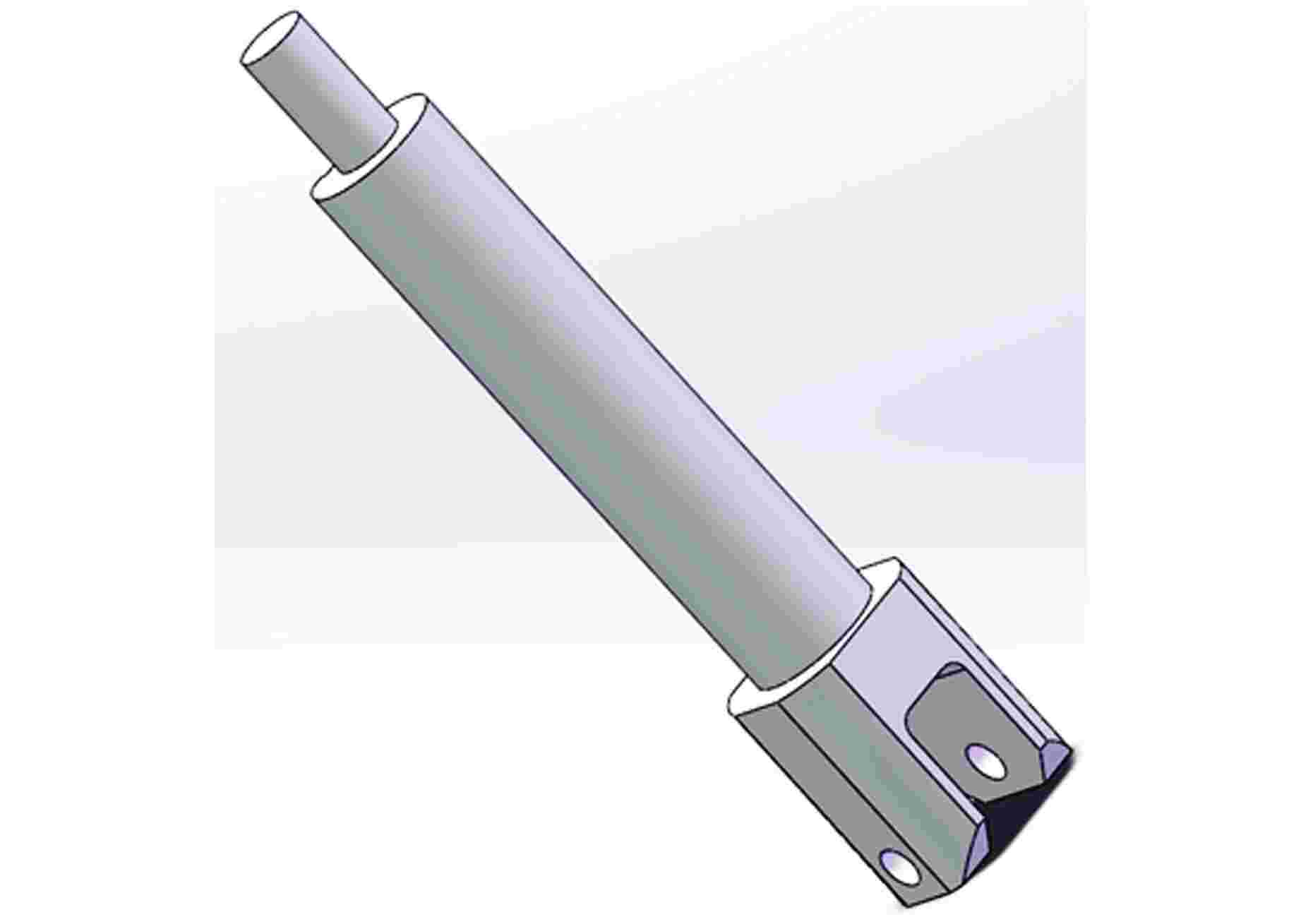
 下载:
下载:

